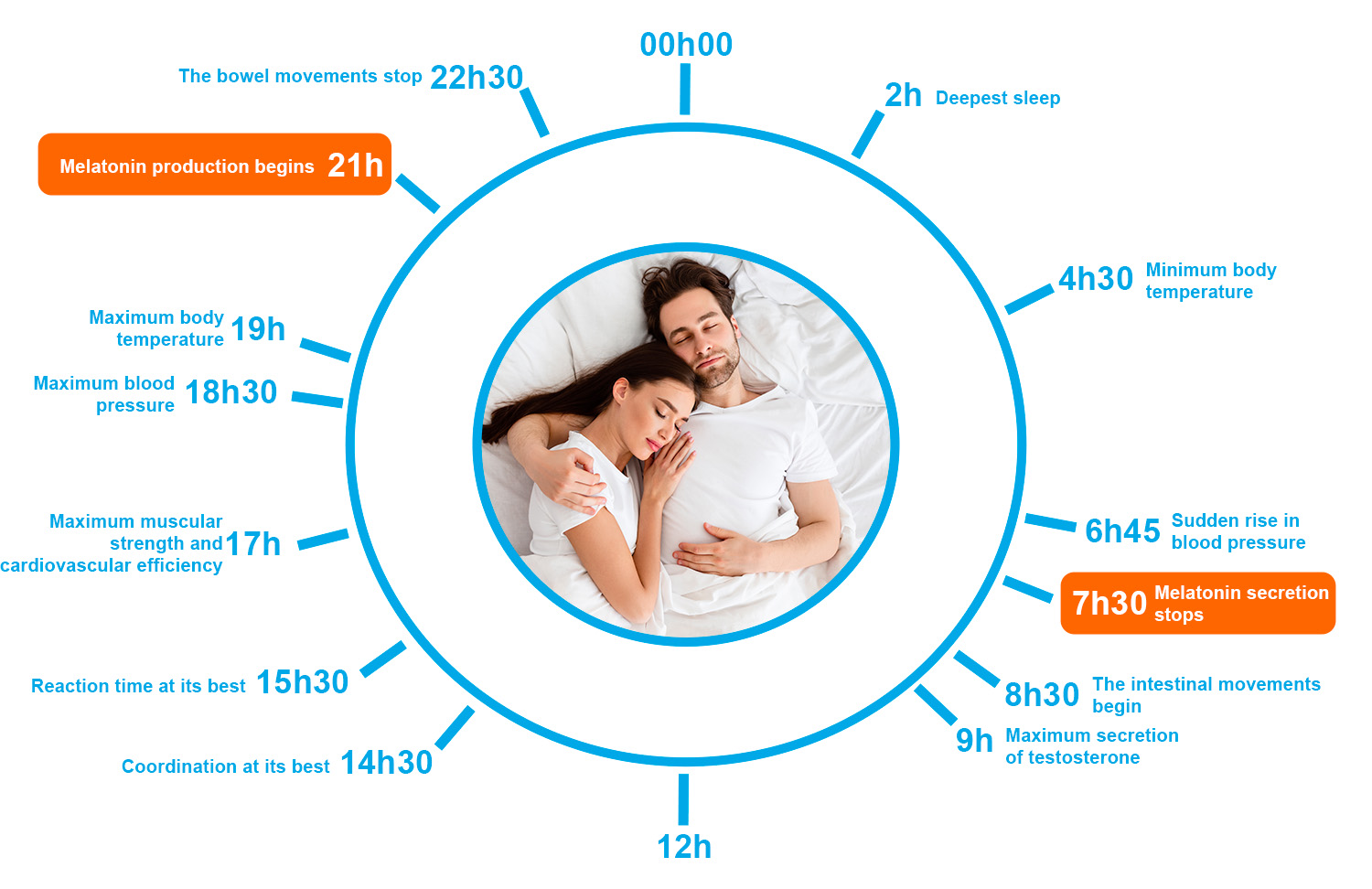Téléchargements
Seasonal depression
(or Seasonal Affective Disorder - SAD)
Fall is here ! And even if we can still enjoy a few rays of sunshine and mild temperatures, the fact remains that the days have become shorter. Thus, you will hear more and more around you "we get up... it’s dark, we go home... it’s dark ! It’s enough to make you feel down in the dumps. And it is exactly that which is going to interest us for this short article, in order to prevent it as well as possible.
Biological approach
From a biological point of view, our internal clock gets out of sync in winter due to the lack of light, which disrupts the start and stop phases of melatonin (sleep hormone) secretion. Thus, the production of melatonin would increase and would then exert on us a tiring and depressing effect. Light intensity and insufficient exposure to light are therefore the major sources of these disruptions in circadian rhythms.

Symptoms
A catch-all term, like burnout, nowadays depression is used for all purposes. In order to understand it more clearly, the DSM (Diagnostic and Statistical Manual of Mental Disorders) provides us with a reading grid in order to grasp and situate what seasonal depression is (see Table). The seasons have always played an important role in our chronobiology (e.g. hibernation/migration) as well as in the rhythm of our activities (e.g. agriculture, hunting, etc.).
Mild to moderate intensity Recurrent frequency |
Depressed mood Loss of interest/pleasure |
Significant weight gain Hypersomnia Psychomotor retardation Fatigue/loss of energy Devaluation/guilt Deconcentration/desocialization |
Few thoughts of death |
As presented, the symptoms can be read in terms of intensity (mild to moderate) and frequency, i.e., with an annual recurrence
Depressed mood and loss of interest/pleasure in previously satisfying activities are two major symptoms. Note that "depressed mood" means feeling down, hopeless, sad, empty, without hope.
These major symptoms can be accompanied by secondary symptoms such as : an increased appetite with a marked interest in carbohydrates, including sugar ; an increase in sleep time ; and finally, a slowing down of movement and speech. More broadly, there may also be a feeling of fatigue, loss of energy, feelings of low self-esteem and guilt, and a certain degree of de-socialization.
Verdict
In fine, seasonal type depression is rather :
- of light intensity,
- begins in the fall,
- with several symptoms every day,
- and this, over two consecutive winters, i.e. two years.
It should be noted that the relational, professional and/or personal dysfunctions that we encounter on a daily basis disappear spontaneously in the spring ! This natural remission after 3 to 5 months thus makes it possible to be placed or not in this seasonal character. This is not to be confused with a bout of "winter blues" whose mood changes are rather irregular and slight.
SAD tends to be associated with living in high northern latitudes (e.g. Nordic countries), being between 20 and 45 years old, having a family history of alcoholism, having a bipolar disorder and/or bulimia-like eating disorder.
Prevention and treatments
Fortunately, it is possible to prevent SAD or a bout of winter blues, and this on different aspects (bullet points) :
Light therapy :
- Artificial : expose your eyes to a lamp with a light output of up to 10,000lux for at least 30 minutes a day and/or equip yourself with a dawn simulator to have a soft and progressive awakening
- Natural : change your desk to be near a window
Nutrition :
- give priority to proteins in the morning and reduce them in the evening
- vitamin D
- oméga 3
Phytotherapy :
- Hypericum : as a cure in the short-term treatment of mild to moderate depressive disorders.
Medication
- Antidepressants (SRI - serotonin reuptake inhibition)
Psychotherapy
- Cognitive-behavioral therapy : long-term effects with the main objective of modifying negative beliefs associated with the winter period.
Moderate physical activity
- 30 to 60 minutes 3 times a week.

